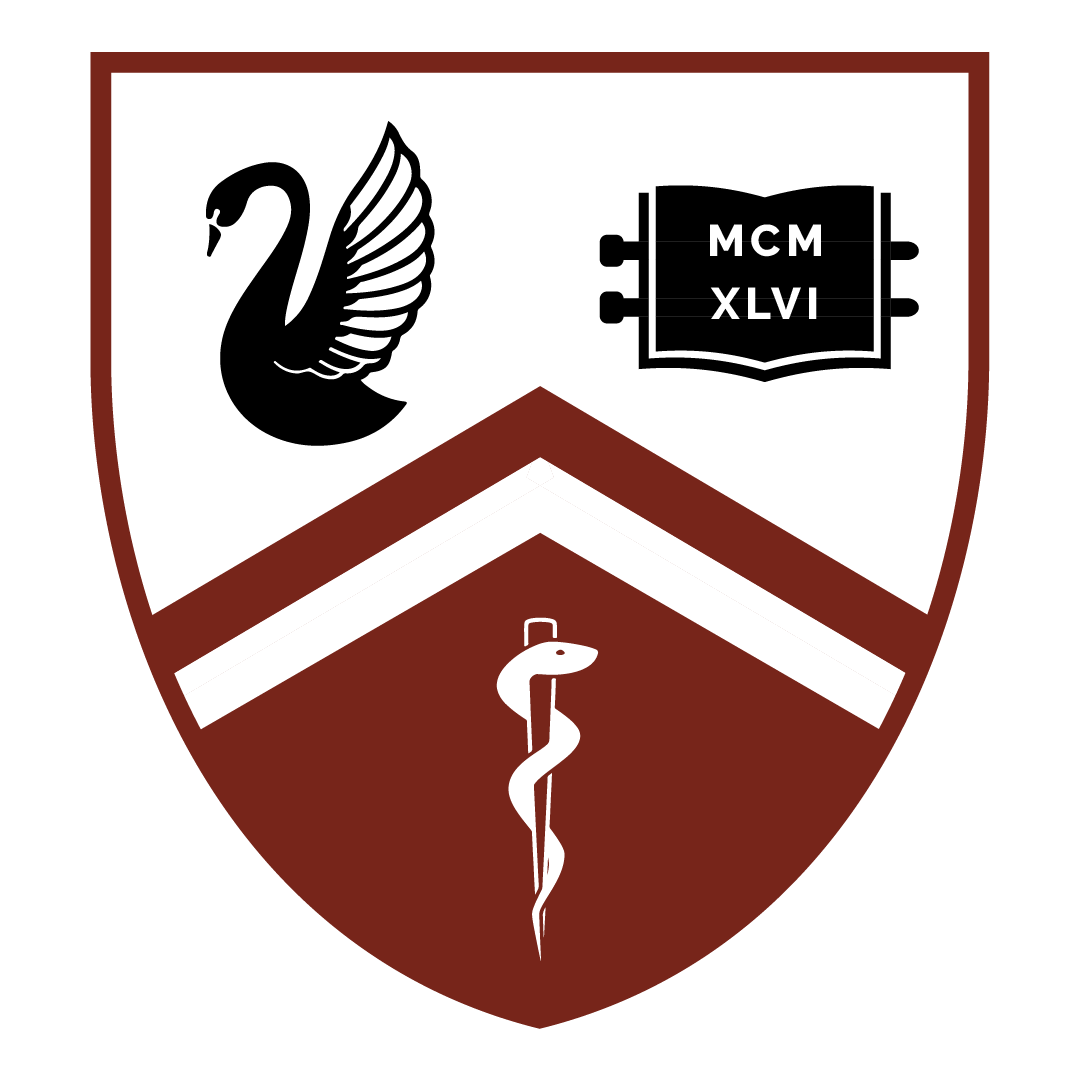New Doctors Enter an Already Overloaded System
by 2014 WAMSS President Sebastian Leathersich
This past month, we had the pleasure of witnessing the first steps of our new MD students on their path to becoming the doctors of the future. The new cohort has been embraced by the WAMSS family thanks to the work of James Abbott and Reece Jefferies, our Orientation Representatives, who ran a fantastic camp along with welcome and networking events in their first two weeks.
This welcome is set to continue in coming weeks, with our first inter-year social and sporting events to be held once the sixth years are back on Australian soil. From what we’ve seen so far, there is a bright future for medicine – and for WAMSS – in the MD cohort.
I’d also like to congratulate Jack Perkins and Emily Alfonsi, our Marketing Representatives, who have been working flat out over the last few months securing our member benefits and organising the Orientation Day festivities.
On a less cheerful note, it is the unfortunate reality that I feel the need to raise the issue of the proposed third medical school so early in the year. It seems that the Curtin propagandists have also been working hard in the new year, releasing a supposedly “independent” Curtin University-commissioned report into WA’s health workforce, and making clear their goal of opening a third medical school in 2016.
This is a troubling development, not just for medical students in WA, but also nationally, with the Australian Medical Students’ Association coming out in support of WAMSS and MSAND in the past month to express our strong opposition to a poorly-planned third medical school.
As students, we are already competing for access to clinical training – both in metropolitan and rural settings. The healthcare system has not been prepared for the huge increase in medical students over the past five years. At the same time, it must also cater for the increasing number of allied health students who train alongside us. We undertake placements in almost every public and private hospital in the State, as well as in rural centres from the South West and the Great Southern right up to the Kimberley. Presently, the system is not coping.
The pressures of increased student numbers do not stop once we graduate.
In 2013 the State Government failed to provide enough internships for our graduates, leaving some to rely on temporary federal funding to complete their pre-vocational training and attain the general registration required to practise.
The gap between internship supply and demand is projected to increase in coming years, with the Health Department publicly committing to just 310 internships for the 330 graduates expected in 2015. Not only that, but we have an undersupply of vocational training positions in this State, with 2000 applicants vying for just 700 positions (including GP training) last year.
All of the stakeholders consulted in the Healthfix report commissioned by Curtin identified a need for an increase in internships and vocational training posts for existing medical students and junior doctors. Without first resolving this issue of continued training, an increase in medical students will not provide more doctors, but will only act to further stretch an already overloaded system.
These issues are not unique to WA. Medical graduates of Australian universities nationwide are being forced to turn overseas for work. These are students who have trained in our hospitals and are sensitive to our local needs and context, yet without this final year of training they are being lost to the Australian healthcare system.
Health workforce planning necessitates a national approach, and taking a single state in isolation is misguided and parochial. Australia has the 12th highest number of doctors per capita worldwide (WHO Global Health Observatory). At 3.78 doctors per 1000 people, WA has a greater number of doctors per capita than Canada, the UK or the US.
Furthermore, the HWA2025 report projects that if we achieve just a 5 per cent increase in efficiency, we will be facing a national surplus of 2811 doctors come 2025. Rather than using raw statistics from other states as a baseline, we should be working out how many doctors are actually needed, and where they need to be, to provide the level of service that we expect from our health system.
At the heart of it all, what we are facing in WA is a maldistribution of medical practitioners. To increase the proportion of doctors going on to work in rural or remote areas, we should practise the evidence- based approach that we preach. The only methods that have been shown to increase rural retention are recruiting from rural backgrounds, or training for extended periods of time in rural settings (such as in the Rural Clinical School of WA, run by UWA and UNDA). The proposal from Curtin University achieves neither of these.
We know where the bottlenecks in our medical training pipeline are, and we know how to increase the number of graduates who will return to practise in rural areas. We need to see a bilateral agreement from the State and Federal Governments that commits to addressing these before we can consider adding even more students to an already struggling training system.
The future of our health workforce is in the balance. This discussion is far too important to allow it to revolve around Curtin University. The real question is not about a specific proposal for a third medical school, but about how to fix the medical education and training system, from internship through to vocational training, and how to ensure that the medical graduates that do emerge from our universities are able to go on to provide the care our communities need.
Medical students and doctors around Australia, along with the entire Western Australian community, have a critical stake in what happens next.
